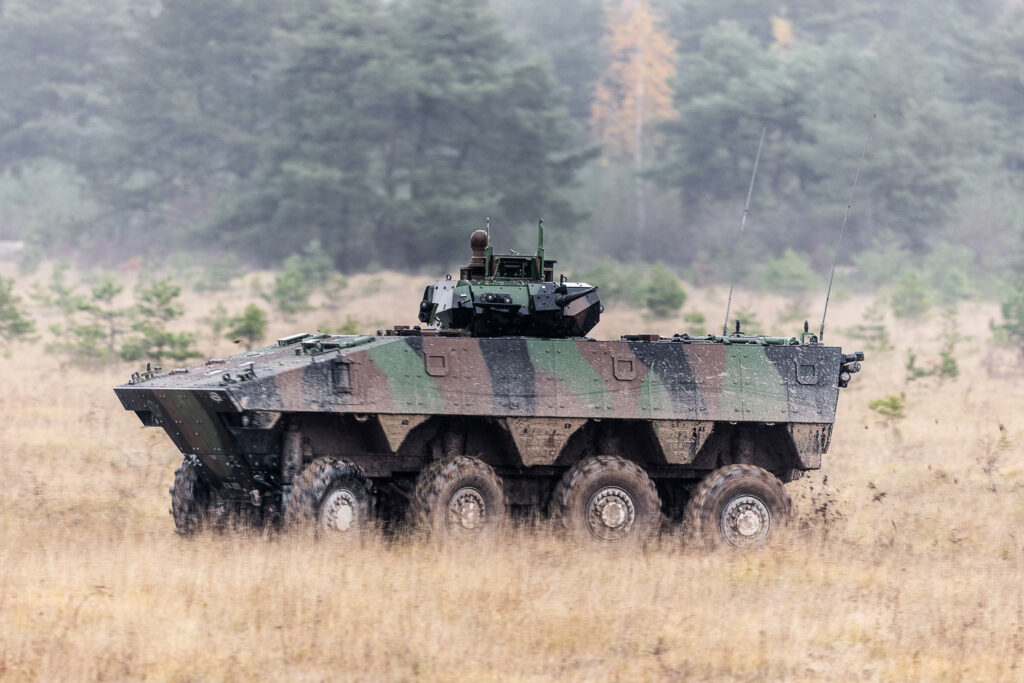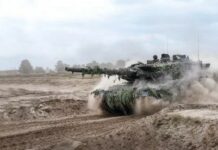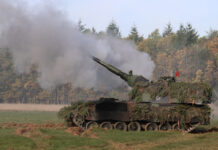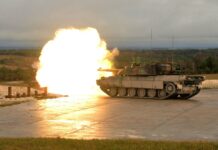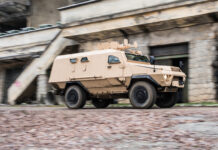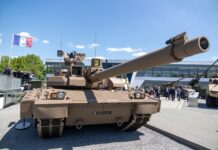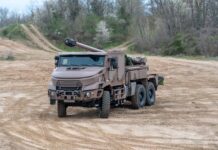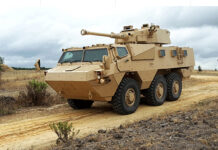The French defence procurement agency, the Direction générale de l’armement (DGA), along with its Defence Innovation Agency (AID), has tasked a consortium consisting of KNDS and Arquus to create what is being billed as the first digital twin demonstrator to be applied to a ground combat vehicle, the consortium announced on 12 February 2024.
The development of this demonstrator will lead to a full-scale deployment on 20 French Army Véhicule Blindé de Combat d’Infanterie (VBCI) infantry fighting vehicles (IFVs) and to the experimentation of predictive maintenance for an initial fleet of army’s VBCIs.
The French ‘Digitization of maintenance’ (NumCo) defence technology project, which aims to develop and experiment with a digital twin demonstrator of the VBCI IFV, builds on the experience gained over several years by KNDS and Arquus, particularly within the framework of the European Commission’s FAMOUS (European Future Highly Mobile Augmented Armoured Systems) defence-industrial development programme.
Thanks to advanced modelling and simulation capabilities, the technology developed by KNDS and Arquus will enable the companies, in conjunction with the DGA and the French Army, to jointly implement a virtual twin of the VBCI to support engineering and maintenance activities.
The NumCo digital twin demonstrator will be developed through an incremental and agile approach over two years and then improved over two years with the training data from 20 instrumented VBCIs. The experimentation could then be extended to an additional batch of 20 VBCIs.
As part of this experimentation, several health and usage monitoring system (HUMS) sensors will be mounted on the physical vehicles to collect large amounts of data, analyse it, and transcribe it into digital models and virtual representations. The system will rely on multiple predictive algorithms that will determine the lifespan of a variety of mechanical parts based on vehicle usage, anticipate breakdown risks, and personalise maintenance operations for each vehicle, facilitating failures diagnosis.
Ultimately, the NumCo digital twin technology is expected to be the central element of what KNDS and Arquus offer to modernise the maintenance of the French Army’s vehicle fleets.
